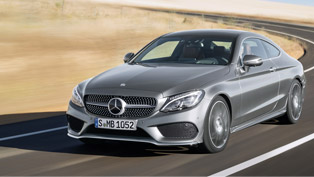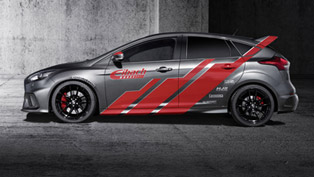Ford Focus Outperforms Competition In Repair Cost Affordability
Ford Motor Company's hot-selling and fuel-efficient Ford Focus is significantly less expensive to repair than 19 other small cars, including the Toyota Prius, the Insurance Institute for Highway Safety (IIHS) reported last week.
In a recent series of crash tests, IIHS determined that Ford Focus had the lowest repair costs among those tested. Compared to the Toyota Prius and Volkswagen Rabbit, which sustained about $4,000 or more in damage in a single test, the Focus sustained about two-thirds less damage. IIHS praised Ford for equipping the Focus with bumpers that keep their repair costs relatively low. In three of four tests, the Focus's bumpers protected sheet metal and most other expensive parts from damage, the Institute concluded.
"Ford has some of the most affordable vehicles in terms of collision insurance costs by nearly any measure, not to mention the most IIHS Top Safety Picks," said Susan Cischke, Ford group vice president of Sustainability, Environmental and Safety Engineering. "Just as people value safety systems that give them peace of mind, they also value vehicles that don't cost a fortune to repair."
Ford Motor Company vehicles are less costly to repair, in part because the company works closely with insurance companies to ensure vehicle designs include damageability and cost of ownership targets.
"We have had success in reducing collision insurance costs, in large part because of the work we've done with the leading U.S. insurance companies," says Larry Coan, product concern engineer in Ford's Service Engineering Operations. "For the Focus, we first wanted to design a bumper system that would perform well in real world claims situations. The IIHS test results validate our efforts."
Coan added that Ford also references insurance-related data pertaining to average repair costs and loss frequencies from Highway Loss Data Institute, Insurance Services Office, IIHS and NHTSA in vehicle target setting.
"With this data, we are able to benchmark our vehicles against the competition and determine where best to focus our efforts in order to achieve lower collision repair costs, which ultimately result in lower insurance premiums for our customers," Coan says.
To assess a vehicle's collision loss, IIHS uses a crash barrier that resembles a car bumper, with a foam cover on it. The institute rams vehicles straight-on at 6 mph into their front and rear bumpers and at 3 mph into one front and one rear corner. In almost all the tests, damage extends beyond the bumper. The impacts often buckle the hood, poke out headlights, and smash through grilles, besides damaging the cosmetic bumper cover and the metal bumper bar beneath it.
Typically, each of the four tests inflicted more than $1,000 in damage.
For example, in the full-width bumper test, the Focus sustained less than $600 in repair costs, compared with the Hyundai Elantra, which sustained nearly $5,000 in damage - almost one-third of the car's sales price, the IIHS reported.
In the U.S., passenger cars are required to withstand a 2.5-mph impact with no damage. Better bumper designs can reduce those costs dramatically without requiring carmakers to make radical changes, the Institute says.
Insurance data compiled by the Highway Loss Data Institute, an affiliate of IIHS, show many F-L-M vehicles with below average claims for collision losses. Of the 60 F-L-M vehicles with HLDI results in 2007, 46 (77 percent) had collision losses that were average (100) or better than average (less than 100). Among the vehicles with the best collision results were the Ford F-250 (55), Mercury Mountaineer (62), Ford Escape (66), and Explorer (66).
According to the National Highway Traffic Safety Administration's (NHTSA) 2008 Relative Collision Insurance Cost study, Ford has eight segment winners, double the number of the next top brands (Chevrolet, Dodge and Honda) and more than all major Japanese brands combined (six among Honda, Toyota and Nissan). Moreover, Ford has three-times the number of top-three vehicles than Toyota (19 to six), and Lincoln-Mercury matches Toyota for segment leaders (two) and has more top-three vehicles (seven to six).
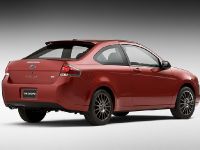
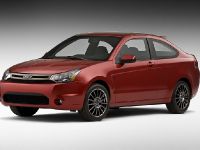
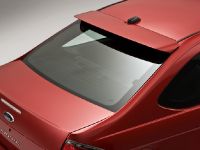
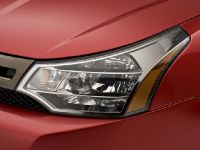
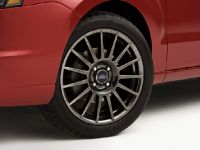
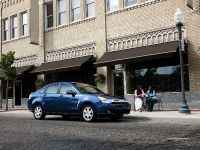
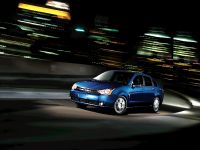
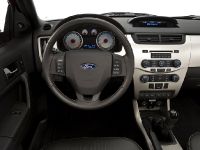
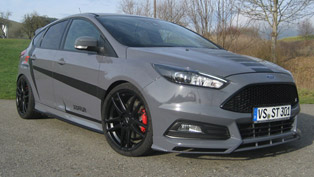
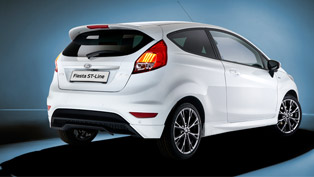
![Which are top 6 of Europe’s greatest driving roads? Ford answers in exclusive video series [part two]](http://www.automobilesreview.com/uploads/2016/07/Ford-Best-Driving-Roads-FF.jpg)
